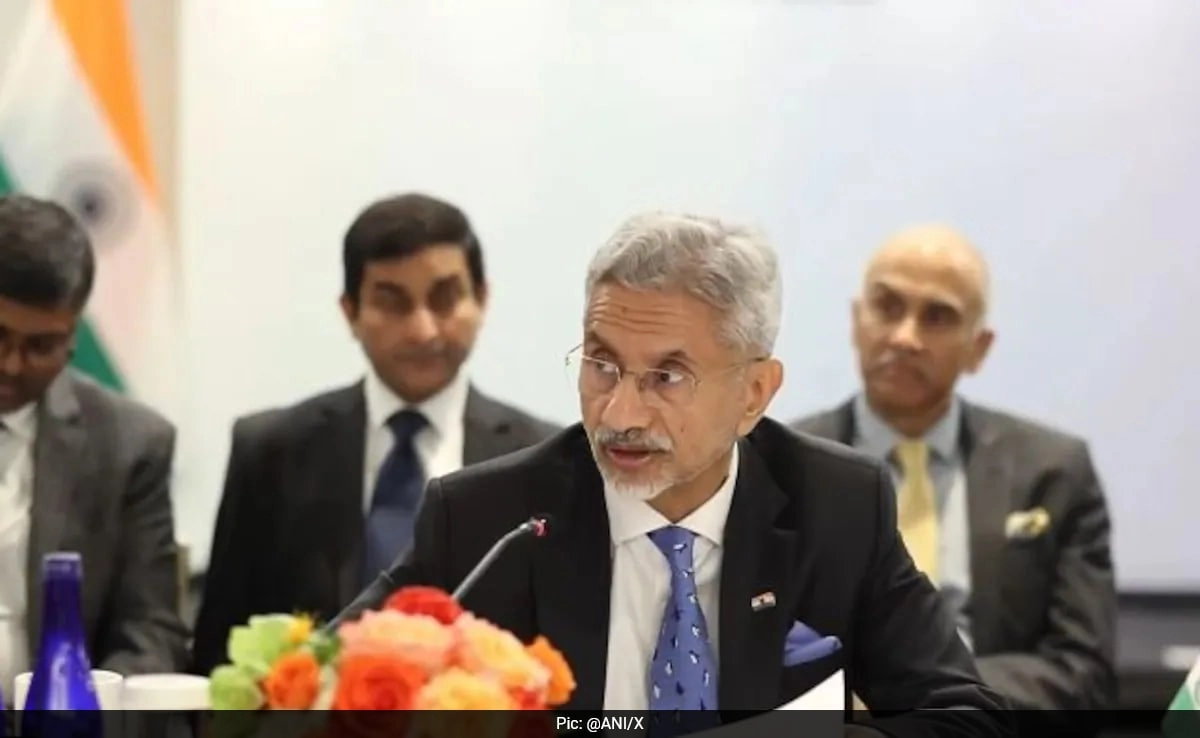In a remarkable turn of events, a woman who was presumed dead was discovered alive just minutes before her scheduled cremation in Odisha, India. This extraordinary incident unfolded when family members of the woman, identified as 55-year-old Satyabati Padhy, prepared for the final rites following what they believed to be her death due to a prolonged illness. The situation took a dramatic twist when they noticed some signs of life, prompting them to seek immediate medical assistance.
According to her family, Satyabati had been suffering from a serious health condition, which led them to believe she had passed away. They had already made arrangements for her cremation, a process deeply rooted in cultural and religious traditions in the region. However, as preparations were underway, family members observed unusual movements in her body, leading them to question the initial diagnosis of death. Their instincts proved to be correct, as a medical team confirmed that Satyabati was still alive, just moments away from being cremated.
This incident raises important questions about medical practices and the protocols followed in determining death, especially in rural areas where access to advanced healthcare can be limited. The case highlights the critical need for thorough examinations by medical professionals before declaring someone dead, ensuring that similar misunderstandings do not occur in the future. Satyabati’s miraculous revival not only brought immense relief to her family but also served as a powerful reminder of the fragility of life and the unpredictable nature of human health.
Following her revival, Satyabati was taken to a hospital for further treatment, where she received the necessary care to recover fully. Her story has drawn significant attention, sparking discussions about the importance of vigilance in medical assessments and the emotional toll such situations can have on families. As her community comes to terms with this extraordinary event, Satyabati’s case may serve to educate others about the complexities of life and death, urging a more cautious approach in similar circumstances. The incident stands as a testament to hope and the unexpected turns that life can take, even in the face of presumed finality.




